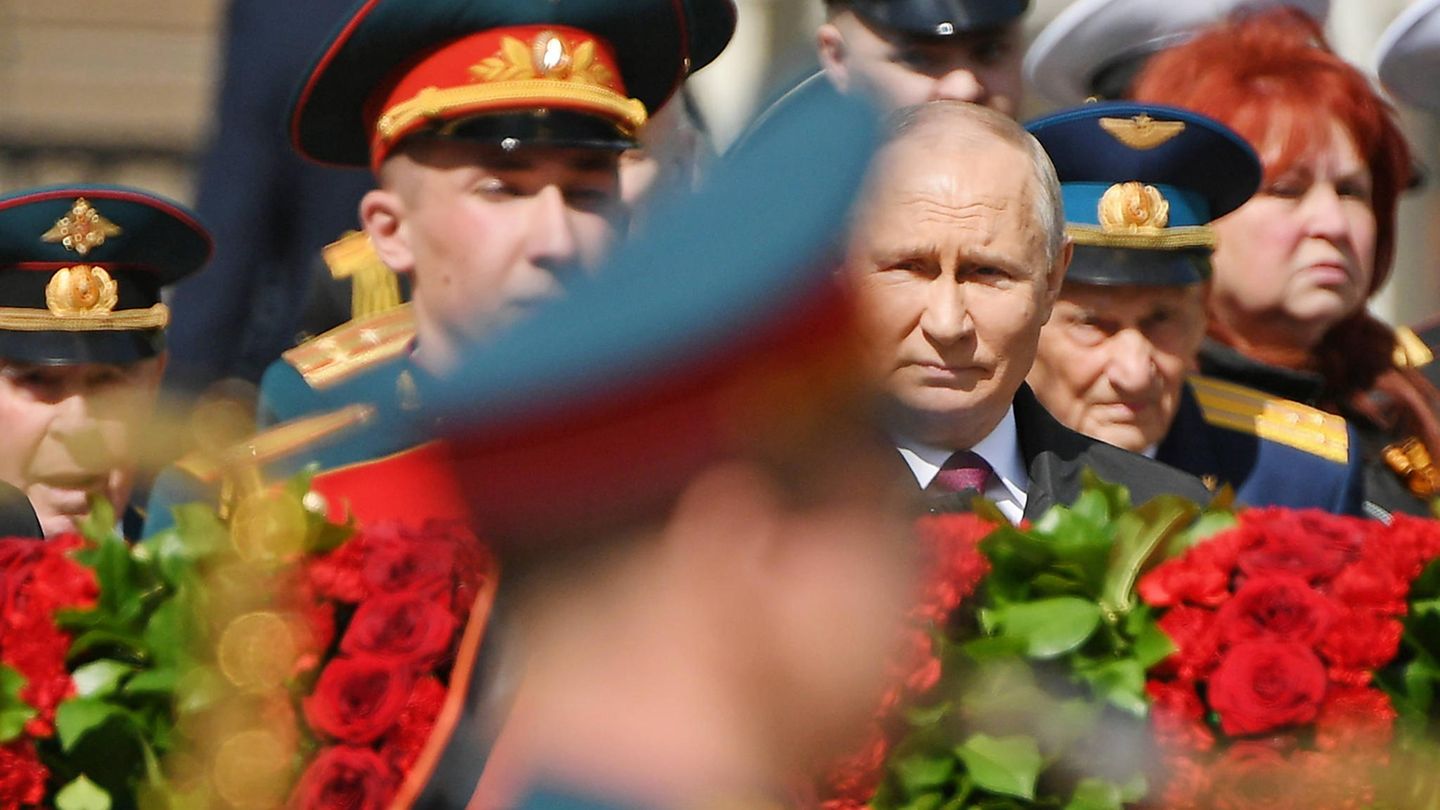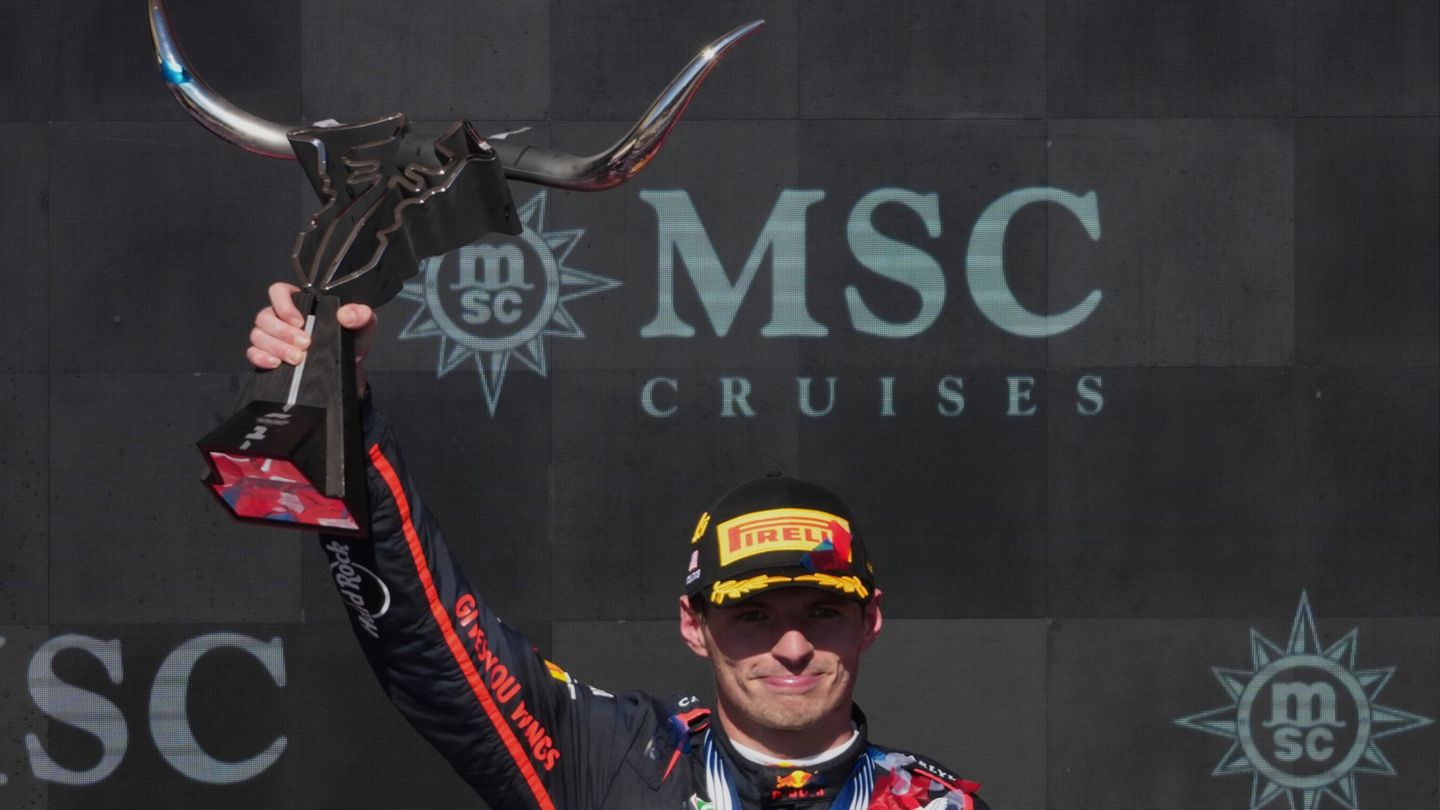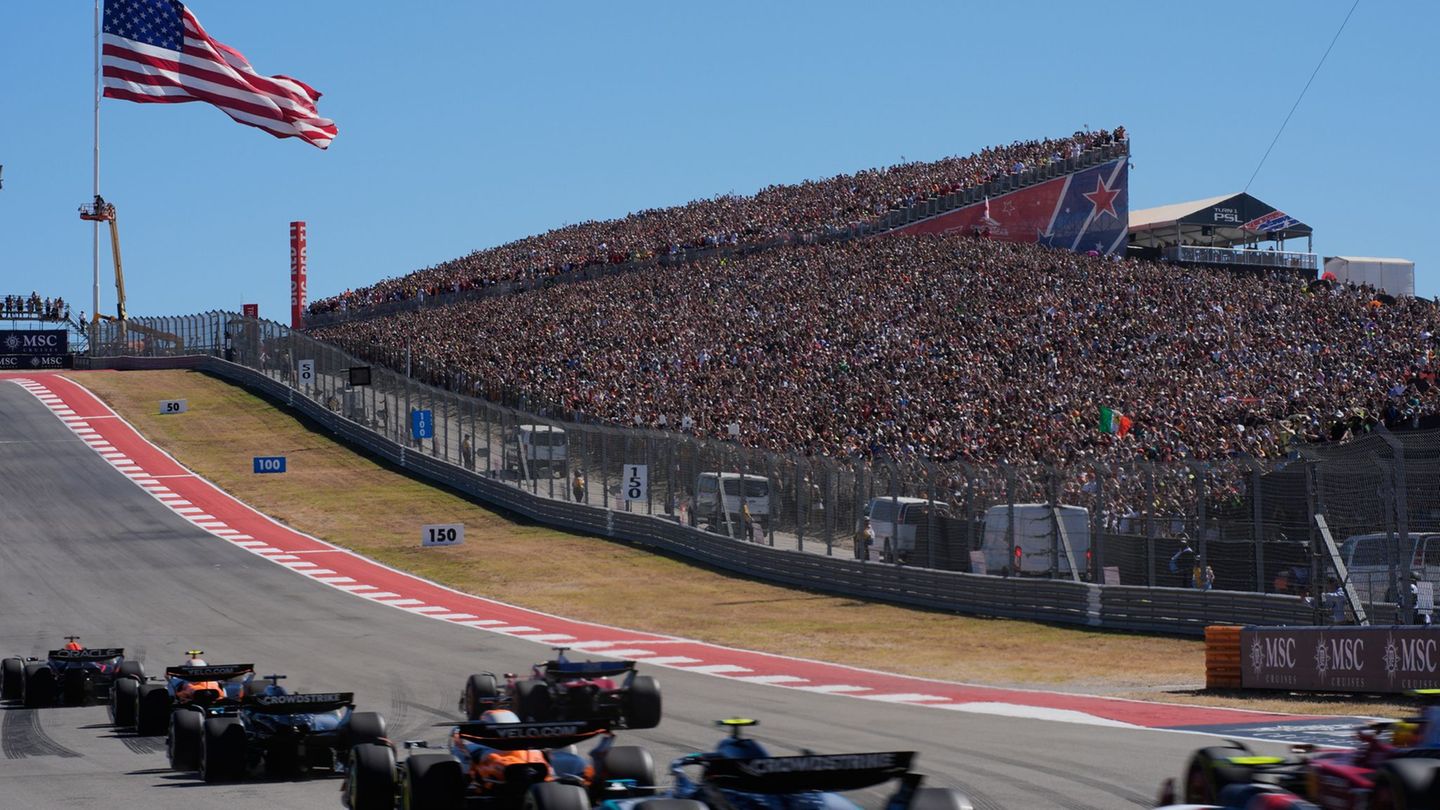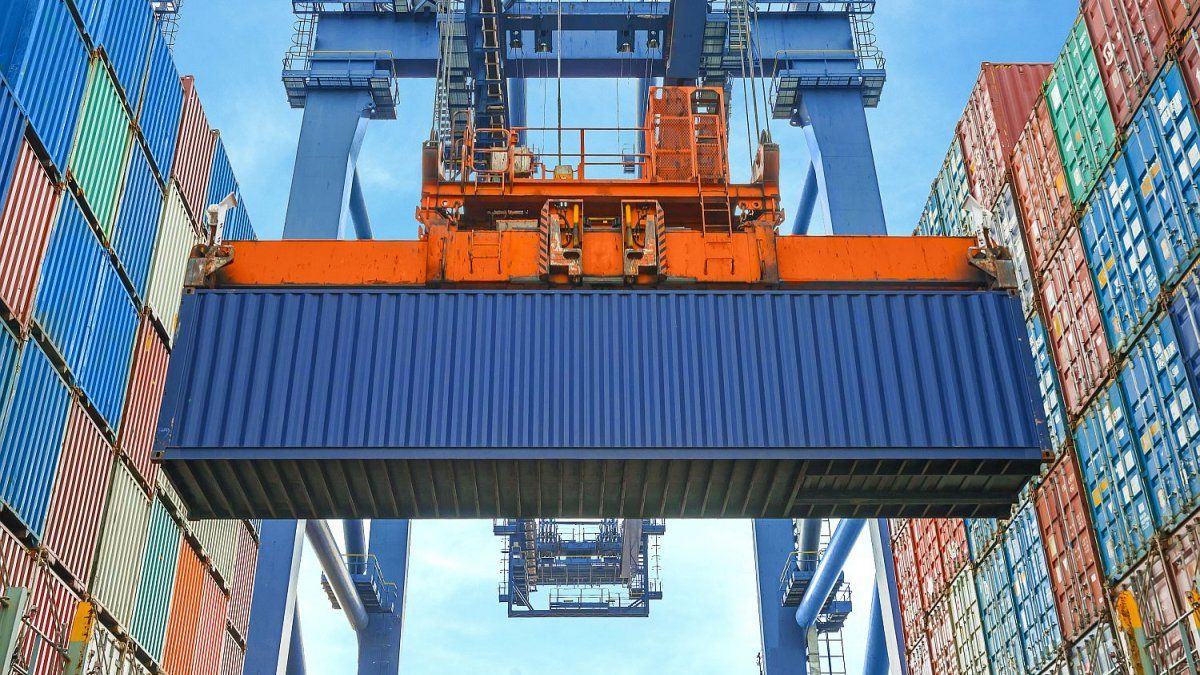For more than 20 years, Vladimir Putin has been working on a victory cult. May 9th is the most sacred date of his regime. The parade in Moscow had to take place under all circumstances. But the picture that Moscow offered that day should teach the Kremlin to fear.
May 9th is the holiest of holies in the ideological system that Vladimir Putin has created in Russia over the past 23 years. In recent years, the sacred date of the victory over Nazi Germany has been dedicated to a single purpose: to demonstrate the strength of the Putin regime. What was once a bittersweet memorial dedicated to remembering and honoring the victims of World War II has degenerated into a cheap show of what Putin considers his glory and grandeur.
“Never again war” was the irrefutable credo with which the soldiers of the Red Army returned from the bloody front and passed it on to the next generation. However, Putin took this creed to the point of absurdity and turned it into a glorification of war. Even if he doesn’t want to use the word war himself and forbids others to do so – unless it’s about a war that’s being waged against Russia. Those who nonetheless call the war in Ukraine by its name will be sent behind bars for years.
Just one example of the schizophrenia that is so characteristic of the Russian public: the word war is taboo, but at the same time the military is raised to Olympus. The most modern tank, the fastest rocket, the best jet – the propaganda is full of superlatives when it comes to the Russian army. For Putin, May 9 was the welcome backdrop for the militarization of society as a whole. Already in kindergarten, three-year-olds are put in small uniforms and lined up in marching columns. In schools, Russian children will soon be learning how to disassemble and reassemble a Kalashnikov.
Victory over Nazi Germany
No tanks, no jets, but thousands of cadets – Putin’s fetishized show in Moscow
Silence in Moscow instead of ecstasy
The Victory Day cult is omnipresent in Russia. “Pobedobesie” is what the Russians themselves call this hysterical, excessive exploitation of the old triumph over Nazi Germany. The term means nothing other than “victory madness”. Putin was able to benefit from the cultivation of this delusion for many years. But when he stepped onto Red Square this Tuesday, a frightening silence lay over Moscow, as the television pictures showed.
Thousands of onlookers usually stand with their feet up to get a glimpse of the marching soldiers and the much-vaunted technology. Reveling crowds fill Tverskaya Avenue and the surrounding lanes leading to Red Square. But this year, the Russian capital presented a different picture: a silent emptiness.
The soldiers marched through half-deserted streets to Red Square. The engine sounds of the few dozen ancient military vehicles from the days of the Second World War, which the Kremlin has mobilized, could not fill the silence. There was no celebratory atmosphere outside the walls of the Kremlin either. The seven heads of state from former Soviet republics summoned by Putin wore sullen expressions. Above all, cadets, who had been brought to Moscow from all corners of Russia for the parade, marched in strict lines across the pavement in front of them. Putin could hardly have presented the losses of the Russian army more impressively than by letting 16-year-old boys take the place of professional soldiers.
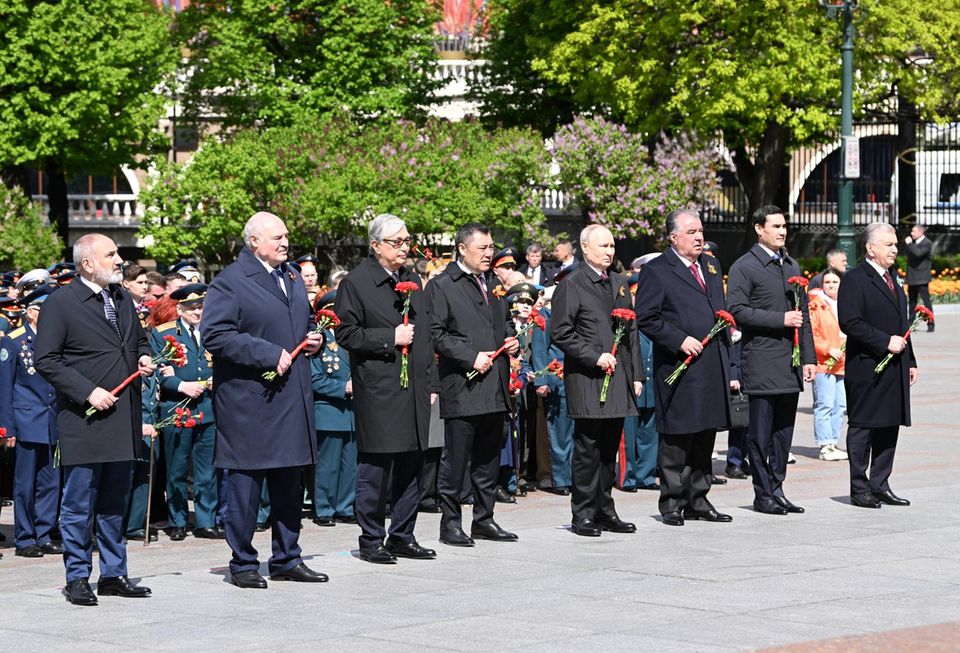
The Kremlin chief himself had nothing to say to his nation. Within minutes, Putin was reeling off the familiar propaganda slogans about make-up Ukrainian Nazi-fascists before the parade was rushed off the stage. No goals, no results, no achievements – Putin’s speech was as empty as the streets of Moscow.
“The scenery is frightening,” political scientist Dmitri Oreshkin commented on what was happening in Moscow that day. “I knew that Russia was in a terrible state. But I didn’t think it was that catastrophic.”
Source: Stern
I have been working in the news industry for over 6 years, first as a reporter and now as an editor. I have covered politics extensively, and my work has appeared in major newspapers and online news outlets around the world. In addition to my writing, I also contribute regularly to 24 Hours World.

